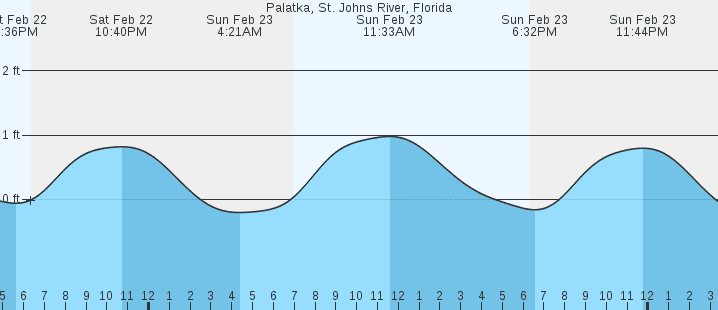CLICK TO SEE St.Johns River Tide Chart
Mastering the Slow Roll: How to Catch Giant Bass in Tidal Waters
As I sit here watching Bill Lowen win the Bassmaster Elite Series on the St. Johns River, one thing is clear: his mastery of slow-rolling a jig in tidal waters is a game-changer. If you’ve ever wondered how to catch those same giant bass lurking in rivers, lakes, or estuaries with moving water, this technique might be your answer. Let’s break down the art of slow-rolling a jig and why it’s so deadly in tidal zones.
What Is Slow-Rolling?
Slow-rolling is a simple but effective way to fish a jig. Instead of hopping, popping, or dragging the bait along the bottom, you reel it in just fast enough to keep it gliding near the floor. This steady, slow retrieve mimics a crawfish or baitfish moving naturally in the current—a snack too tempting for big bass to ignore.
In tidal waters, where currents shift with the rise and fall of the tide, bass often position themselves near structures like rocks, submerged logs, or grass lines. They wait to ambush prey swept their way. A slow-rolled jig slides right into their strike zone.
Why Tidal Waters?
Tidal areas, like Florida’s St. Johns River, are unique. The moving water pushes baitfish and crawfish around, creating feeding opportunities for bass. But the key is timing:
- High Tide: Bass move shallow, hugging cover like docks or vegetation.
- Low Tide: They retreat to deeper holes or channels.
Bill Lowen’s success comes from reading these patterns. He slow-rolls his jig along transitions between deep and shallow water, especially near drop-offs or submerged grass. The slow retrieve keeps the bait in the strike zone longer, even as tides shift.
Gear Up for Success
- The Jig: Use a compact football head jig (3/8–1/2 oz). The wider head design prevents snags and kicks up sediment, imitating a foraging crawfish.
- Trailer: Pair it with a bulky plastic trailer (e.g., a craw or creature bait). This adds movement and makes the bait look “meaty.”
- Line: 15–20 lb fluorocarbon or braid. Fluorocarbon sinks and is less visible; braid helps feel subtle bites.
- Rod/Reel: A 7’–7’6” medium-heavy rod with a fast tip for sensitivity, paired with a smooth 6.3:1 gear ratio reel.
The Technique: Slow & Steady Wins
- Cast Beyond Structure: Aim for areas where bass might hide—edges of grass, rock piles, or ledges.
- Let It Sink: Allow the jig to hit bottom. Patience is key.
- Start the Roll: Reel slowly, keeping the jig just above the bottom. Imagine you’re “trolling” at a snail’s pace.
- Feel the Bite: Tidal bass often strike with a soft thump or sudden weight. Set the hook hard!
Pro Tip: If you’re not getting bites, slow down even more. Bill Lowen often says, “When you think you’re fishing too slow, go slower.”
Why It Works
Big bass in tidal zones are opportunistic. They conserve energy and strike easy targets. A slow-rolled jig doesn’t spook them—it looks like a lazy meal drifting with the current. Plus, the steady motion helps the bait bump into rocks or wood, triggering reaction strikes.
Final Thoughts
Next time you’re fishing tidal waters, channel your inner Bill Lowen. Slow down, focus on structure, and let the jig do the work. It might feel boring at first, but when a 5-pounder slams your bait, you’ll see why patience pays off. Giant bass aren’t caught by accident—they’re earned with smart, steady techniques. Now go get ‘em! ?

